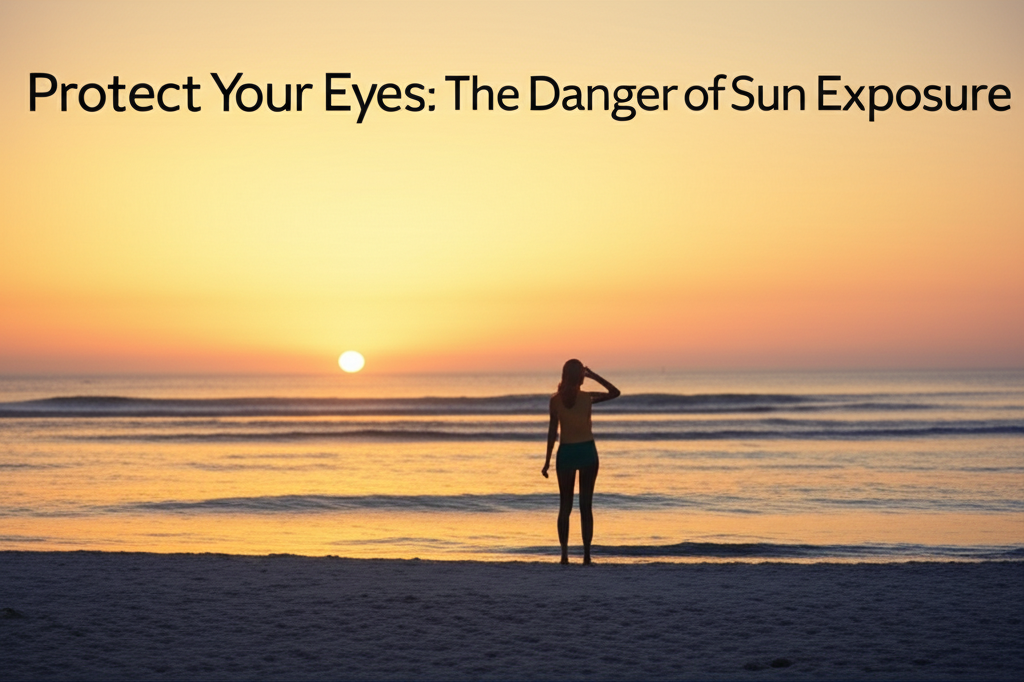
Protect Your Eyes: The Danger of Sun Exposure
The sun is a vital source of energy for life on Earth, but its rays can also be harmful. Prolonged exposure to the sun's ultraviolet (UV) radiation can damage your eyes, leading to various problems, some immediate and others that develop over time. Understanding the risks and taking preventative measures is crucial to protecting your vision.
Short-Term Effects:
Even on a cloudy day, UV rays can penetrate the atmosphere and reach your eyes. Immediate effects of sun exposure include:
- Photokeratitis (Sunburn of the Eye): This is similar to a sunburn on your skin but affects the cornea, the clear outer layer of your eye. Symptoms include pain, redness, blurry vision, and sensitivity to light. It usually heals within a day or two.
- Conjunctivitis (Pink Eye): Exposure to UV rays can also inflame the conjunctiva, the membrane that lines the inside of your eyelids and covers the white part of your eye. This can cause itching, redness, and watery eyes.
Long-Term Effects:
Repeated exposure to UV radiation over many years can lead to more serious eye conditions:
- Cataracts: Cataracts are a clouding of the eye's lens, leading to blurry vision. UV radiation is a significant risk factor for cataracts, one of the leading causes of vision loss worldwide.
- Macular Degeneration: This condition affects the macula, the central part of the retina responsible for sharp, central vision. UV exposure can contribute to age-related macular degeneration (AMD), leading to vision loss in the center of your field of vision.
- Pterygium: This is a growth of tissue that extends from the white part of the eye onto the cornea. While not always problematic, it can affect vision if it grows large enough.
- Photoaging: Just as sun exposure ages your skin, it can also age the delicate skin around your eyes, contributing to wrinkles and sagging.
Protecting Your Eyes:
Protecting your eyes from harmful UV radiation is essential. Here are some key steps you can take:
- Wear Sunglasses: Choose sunglasses that block 99-100% of both UVA and UVB rays. Look for labels indicating UV400 protection.
- Wear a Wide-Brimmed Hat: A hat provides additional shade for your eyes and the surrounding skin.
- Seek Shade: Limit your time in direct sunlight, particularly during peak hours (10 am to 4 pm).
- Use UV-Blocking Contact Lenses: Some contact lenses offer UV protection.
- Regular Eye Exams: Regular comprehensive eye exams are crucial for early detection of any eye conditions caused by sun exposure.
Children and Sun Exposure:
Children's eyes are particularly vulnerable to sun damage. It's crucial to protect their eyes from a young age by ensuring they wear appropriate sunglasses and hats whenever they're outdoors.
Conclusion:
The sun's UV rays can cause both short-term and long-term damage to your eyes. By following these simple preventative measures, you can significantly reduce your risk of developing serious eye problems and maintain healthy vision for years to come. Remember, protecting your eyes is an investment in your future well-being.

